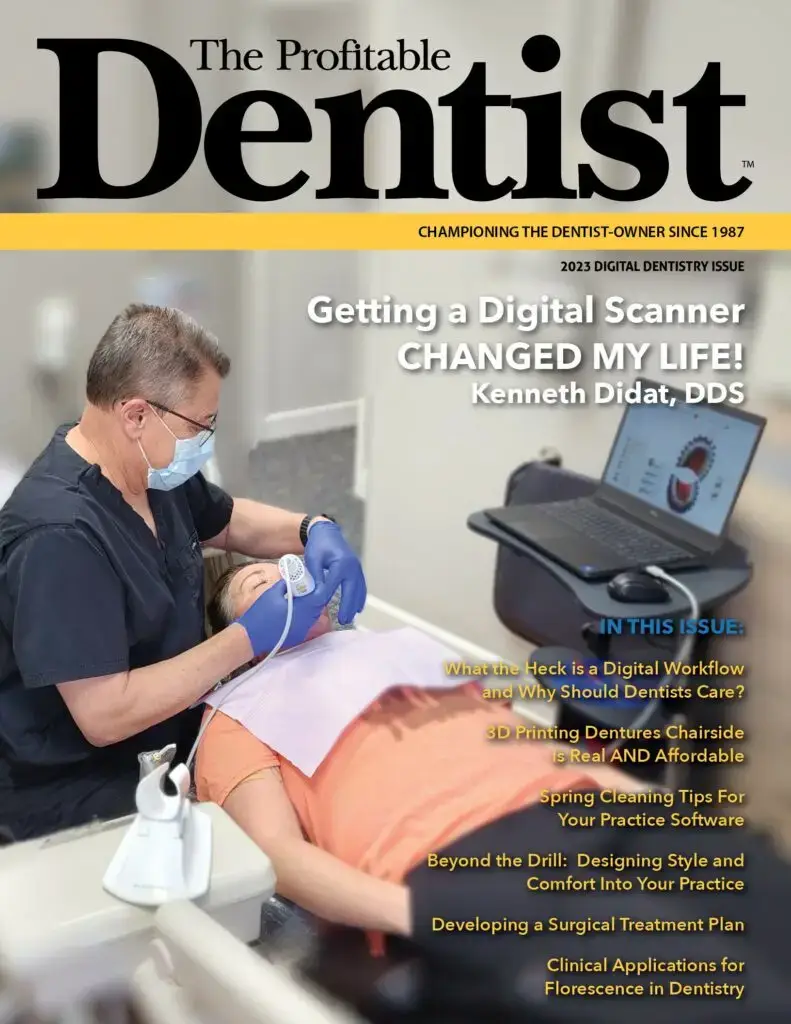Managing Last-Minute Cancellations Like a Pro
Have you ever experienced the frustration of a perfectly scheduled week suddenly riddled with cancellations? As irritating as it is, we understand that life happens – unexpected events inevitably impact scheduled appointments. This is a challenge dental office have always faced. The key to success lies in how you handle the situation. Are you going to accept defeat and leave that empty hole on the schedule, or are you going to put on your superhero cape and fill it? As an Office Manager, you have the power to make a difference! I’d like to share three practical strategies that have helped me manage these situations.
Cancellation List / Short Call Organization
While many practice management software options include an “ASAP List” feature, I’ve personally found that a shared Excel spreadsheet can be a more effective tool—one that benefits not just the administrative team, but also hygienists and doctors. This shared document can include specific details for each patient, such as the date the patient was added to the list, the date of any future scheduled appointment, procedures needed, time required for the appointment, and patient preferences.
Recording patient preferences adds an extra layer of customization, making the list more useful overall. It allows the team to prioritize and sequence outreach more efficiently, making it easier to fill last-minute openings in a way that aligns with both the practices and the patient’s needs, adding a more personal touch.
Utilize Patient Communication Platforms
The ability to reach patients quickly can significantly increase your chances of filling last-minute openings. A reliable communication platform can streamline this process, saving your team valuable time. There are a number of these platforms available, such as Weave, Solutionreach, RevenueWell, and NexHealth, among others, that offer features like automated or customized messaging tailored to both patient and provider needs.
Many of these platforms also integrate with your practice management software, helping to organize and manage your cancellation list more effectively. A particularly valuable feature to look for is two-way texting, which allows patients to respond quickly and conveniently, making the outreach process even more efficient.
It’s also worth encouraging your patients to save your office number in their contacts. This small step can reduce missed calls and ensure that texts are recognized and responded to in a timely manner. After all, most last-minute appointment slots are filled on a first-come, first-served basis—so getting through quickly matters.
Team Communication
Even with the best planning, unexpected schedule changes are inevitable. That’s why strong team communication is essential for successfully managing last-minute adjustments. Depending on the size of your practice, it’s helpful to designate a specific team member to monitor the schedule and address any changes as they occur. This approach can streamline the process and reduce the risk of anything slipping through the cracks.
In smaller teams, particularly those with three or fewer members becomes even more critical. Be sure to confirm who is responsible for handling changes to avoid duplicate efforts or missed opportunities. Establishing a simple, consistent protocol and using a shared communication tool or interoffice messaging system can help ensure everyone stays aligned when sudden changes occur. Once any adjustments are made to the schedule, especially for same-day changes, it’s imperative to immediately communicate these updates to your doctors, hygienists, and assistants. This gives them the time they need to prepare for their patients’ arrival, ensuring that care remains seamless and professional.
Strategy Can Help
Ultimately, even with the best planning, unexpected schedule changes are inevitable. However, by incorporating these three strategies into your routine, you can effectively manage these scheduling challenges and turn them into opportunities for success. Embracing flexibility can lead to creative solutions and new perspectives that you might overlook in a rigid plan. Maintaining a positive attitude in the face of uncertainty can enhance your resilience and adaptability.



